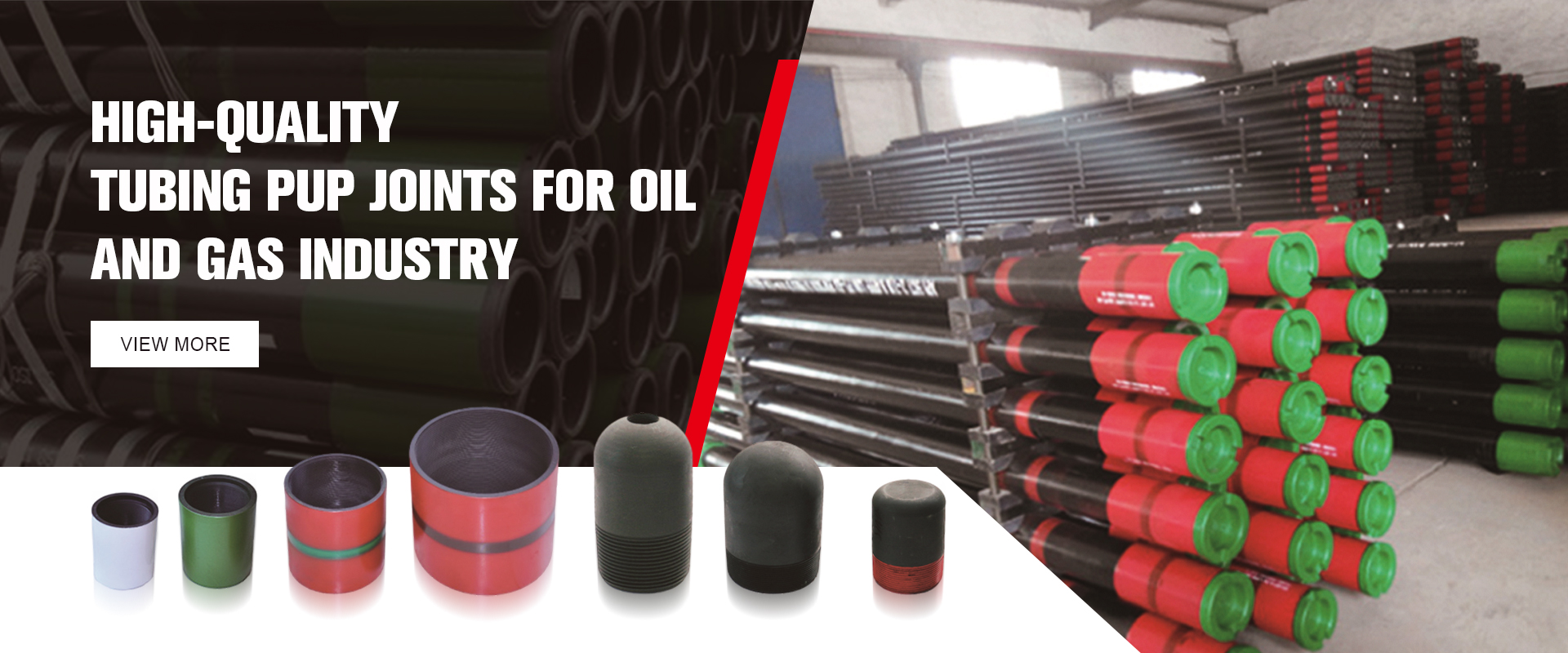- Afrikaans
- Albanian
- Amharic
- Arabic
- Armenian
- Azerbaijani
- Basque
- Belarusian
- Bengali
- Bosnian
- Bulgarian
- Catalan
- Cebuano
- Corsican
- Croatian
- Czech
- Danish
- Dutch
- English
- Esperanto
- Estonian
- Finnish
- French
- Frisian
- Galician
- Georgian
- German
- Greek
- Gujarati
- Haitian Creole
- hausa
- hawaiian
- Hebrew
- Hindi
- Miao
- Hungarian
- Icelandic
- igbo
- Indonesian
- irish
- Italian
- Japanese
- Javanese
- Kannada
- kazakh
- Khmer
- Rwandese
- Korean
- Kurdish
- Kyrgyz
- Lao
- Latin
- Latvian
- Lithuanian
- Luxembourgish
- Macedonian
- Malgashi
- Malay
- Malayalam
- Maltese
- Maori
- Marathi
- Mongolian
- Myanmar
- Nepali
- Norwegian
- Norwegian
- Occitan
- Pashto
- Persian
- Polish
- Portuguese
- Punjabi
- Romanian
- Russian
- Samoan
- Scottish Gaelic
- Serbian
- Sesotho
- Shona
- Sindhi
- Sinhala
- Slovak
- Slovenian
- Somali
- Spanish
- Sundanese
- Swahili
- Swedish
- Tagalog
- Tajik
- Tamil
- Tatar
- Telugu
- Thai
- Turkish
- Turkmen
- Ukrainian
- Urdu
- Uighur
- Uzbek
- Vietnamese
- Welsh
- Bantu
- Yiddish
- Yoruba
- Zulu
Optimizing Threading Casing Coupling in Wholesale API for Enhanced Efficiency
Understanding Threading, Casing, and Coupling in Wholesale API A Comprehensive Overview
When it comes to the oil and gas industry, drilling operations are a complex symphony of engineering, technology, and logistics. Among the many tools and equipment utilized, threading, casing, and coupling play crucial roles in ensuring the structural integrity and efficiency of drilling processes. With the evolution of technology, wholesale API (American Petroleum Institute) standards have increasingly become integral to these operations, particularly concerning threaded connections in casing and coupling systems.
The Importance of Threading in Casing and Coupling
Threading serves as the fundamental mechanism that connects various sections of casing and coupling together. Casing protects the well structure, maintaining its integrity while isolating different pressure zones. Proper threading ensures a secure fit, preventing leaks and failures that could lead to catastrophic consequences. The efficiency of the drilling operation hinges significantly on the quality of the threaded connections used.
The design of threads in casing and coupling must adhere to stringent API standards, which specify dimensions, tolerances, and material requirements. These specifications are critical in maintaining the well's stability and preventing any operational setbacks.
Wholesale API Standards
In the context of wholesale transactions, understanding API standards is paramount. Suppliers and manufacturers are often tasked with providing equipment that meets these rigid standards, ensuring safety and performance. API standards, such as API Spec 5CT, outline the specifications for casing and tubing used in the drilling and production of oil and gas, ensuring compatibility and safety across various systems and applications.
The wholesale market for drilling supplies is extensive, encompassing various types of casing (steel pipe designed to line the wellbore) and coupling (the connection that joins two lengths of casing together). High-quality suppliers ensure that their products not only meet the required specifications but also come in a range of sizes and grades to fit diverse drilling environments.
Threading Process for Casing and Coupling
The threading process for casing and coupling involves several steps. Initially, the raw steel tubes are cut to the desired lengths before being prepared for threading. The ends of these tubes must be expertly machined to create the threads needed for coupling. This is a critical phase, as any imperfections in the threading can compromise the integrity of the connection.
wholesale api threading casing coupling

Modern threading machines utilize computerized technology for precision and consistency. These machines ensure that the threading process adheres to API standards, providing manufacturers and suppliers with a reliable method to produce high-quality threaded casing and coupling.
Challenges in the Wholesale Casing and Coupling Market
Despite the advancements in technology and standards, the wholesale casing and coupling market is not without its challenges. One significant issue is the variability in quality control among suppliers. Inconsistent adherence to API standards can lead to significant operational risks. Buyers must conduct thorough research and engage with reputable suppliers to mitigate these risks.
Another challenge is the fluctuating demand within the oil and gas sector. Market instability often leads to unpredictable demands for casing and coupling, forcing suppliers to adapt quickly to changing conditions. This variability requires suppliers to maintain robust inventory management practices to ensure they can meet client demands without excessive delays.
The Future of Threading, Casing, and Coupling
As technology continues to evolve, the wholesale market for drilling components, including casing and coupling, is expected to witness various transformations. Innovations in materials, such as the development of corrosion-resistant alloys, may enhance the durability and lifespan of these components. Additionally, advancements in manufacturing technologies, including 3D printing, could revolutionize the production of casing and coupling, making it more efficient and cost-effective.
Moreover, the integration of digital tools and data analytics in wholesale operations may lead to improved tracking of inventory, better demand forecasting, and enhanced quality control processes. These advancements will likely create more streamlined operations, benefiting both suppliers and end-users in the oil and gas industry.
Conclusion
In summary, threading, casing, and coupling are integral components of the drilling process, especially within the context of wholesale supply chains adhering to API standards. As the industry evolves, focusing on quality and innovation will be key to overcoming existing challenges and driving future growth. Robust partnerships between manufacturers, suppliers, and end-users will ensure that the oil and gas sectors can operate safely and efficiently in a constantly changing landscape.
-
Tubing Pup Joints: Essential Components for Oil and Gas OperationsNewsJul.10,2025
-
Pup Joints: Essential Components for Reliable Drilling OperationsNewsJul.10,2025
-
Pipe Couplings: Connecting Your World EfficientlyNewsJul.10,2025
-
Mastering Oilfield Operations with Quality Tubing and CasingNewsJul.10,2025
-
High-Quality Casing Couplings for Every NeedNewsJul.10,2025
-
Boost Your Drilling Efficiency with Premium Crossover Tools & Seating NipplesNewsJul.10,2025







